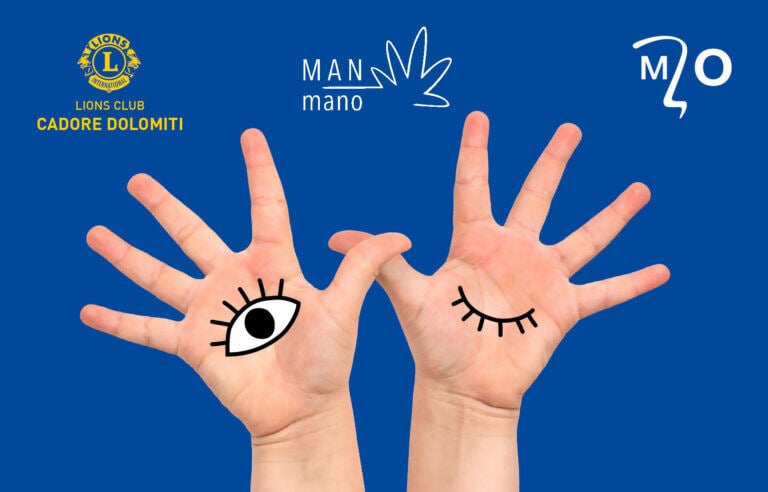
"Mani Come Occhi": the event returns in October at the Museum of Eyewear in Pieve di Cadore
In collaboration with the Lions Club Cadore Dolomiti, the event aims to explore the themes of blindness and low vision through sensory workshops for children, focusing on tactile books and the braille alphabet.
On Friday, October 18 and Saturday, October 19, from 4:00 PM to 6:00 PM, the Museum of Eyewear in Pieve di Cadore will host the first workshop series on tactile books and the braille alphabet in the Cadore region: an exciting new offer centered on two workshops addressing blindness and low vision.
The workshops, titled “Seeing with Our Hands!” and “If I Close My Eyes, What Do I See?”, are designed for children aged 4 to 6 and 7 to 10, respectively. They will take place in the Museum’s halls, with a participation fee of 6€. This proposal engages children actively, encouraging creativity, skill development, and the exploration of a new sensory dimension through learning techniques for creating tactile books and reading braille. The workshop series is open to all children and aims to expand and grow in the future, becoming an integral part of the Museum’s educational offerings.
The project involves several key figures, including Mattia Baldovin, the project’s creator and promoter; Marcella Basso, an expert and trainer in sensory book publishing; Deborah Del Longo, the mother of a visually impaired child and representative of the Rare Diseases Listening and Orientation Service in Pieve; Marina Tosi Bosco, visually impaired since birth and highly experienced in social work; and Alessia Granzotto, a teacher who completed an experimental thesis on the relationship between language and blindness.
The event’s goal is to bring the local community closer together by sharing knowledge on the topic and fostering constructive debate. By learning, experiencing, and empathizing, participants can transform from passive observers into promoters of positive change.